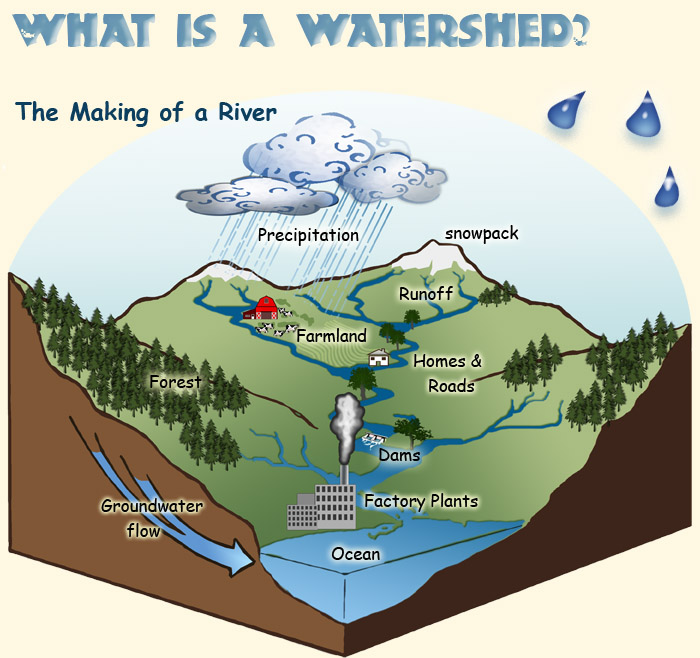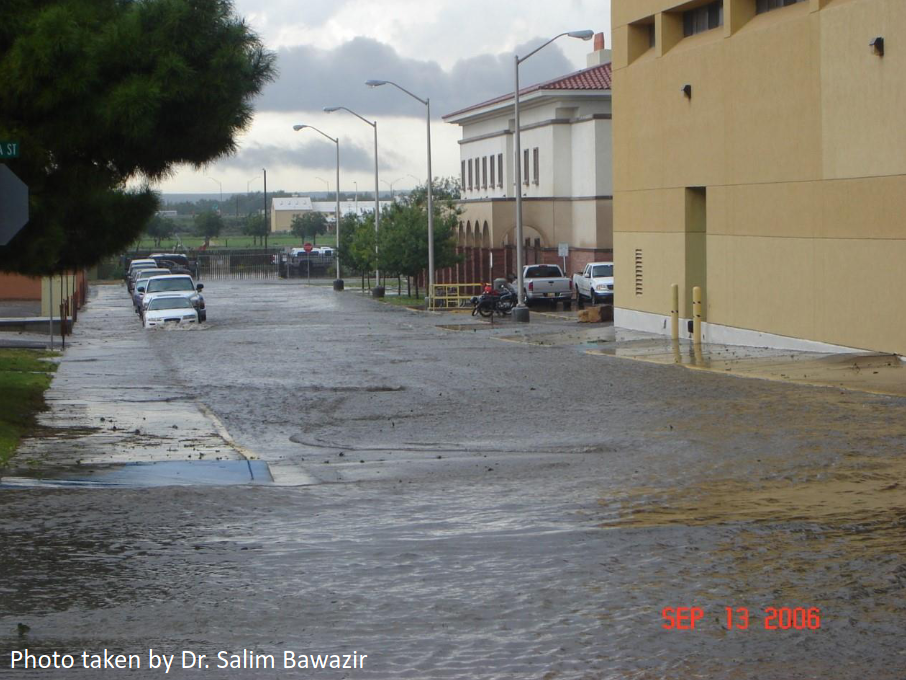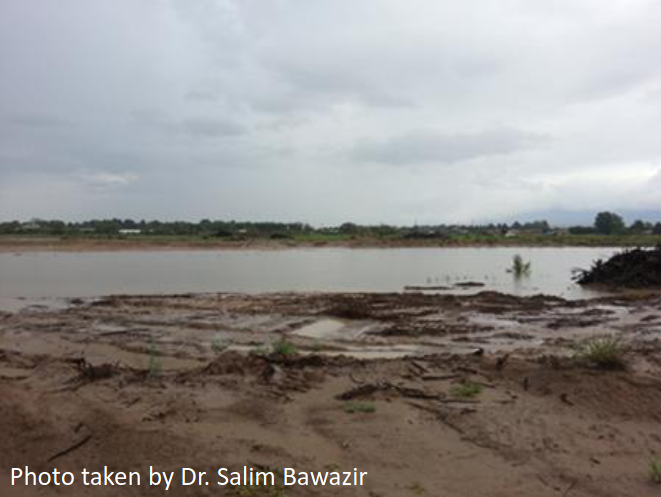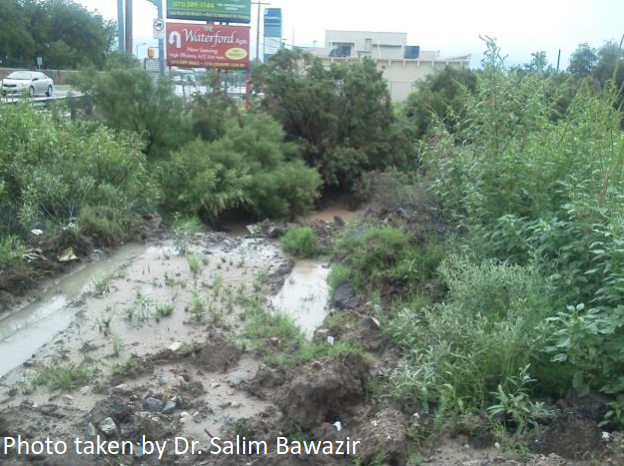Introduction to surface water hydrology
Department of Civil Engineering...New Mexico State University
Contents
1 What is hydrology?
Hydrology is the study of the distribution and movement of water both on and below the Earth’s surface, as well as the impact of human activity on water availability and conditions. National Geographic
2 Surface water hydrology
In this class, we are mainly concerned about hydrology occurring on the Earth’s surface.
- Largely influenced by changes in the climate
- Takes into account variability in water quantity within a year and between years
- Plays an important role in decision making and infrastructure designs where water is involved
3 Where can we see surface water hydrology?
3.1 Watershed

3.2 Flooded road at NMSU campus
3.3 Flooded area in Sunland Park, NM
3.4 Flooding in New Mexico
3.5 Breached section of a canal
3.6 Infrastructure design
Wait, what? I thought culverts are “hydraulic” structures...
4 Hydrology vs. hydraulics
Hydrology—The study or science of transforming rainfall amount into quantity of runoff.
Hydraulics—The study or science of the motion of liquids in relation to disciplines such as fluid mechanics and fluid dynamics.
hydrology converts rainfall to discharge
hydraulics converts discharge to pressure
Civil engineers typically go like this: Hydrology ⇒ Hydraulics ⇒ Design
5 Why is surface water hydrology important?
Allows us to
- Estimate the quantity of water flowing on the surface
- Create flood inundation maps for emergency action plans
- Design detention/retention ponds and dams for flood control and groundwater recharge purposes
- Design roads with proper stormwater management practices




